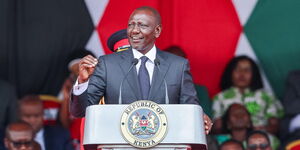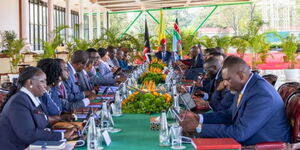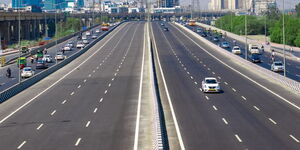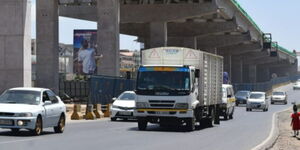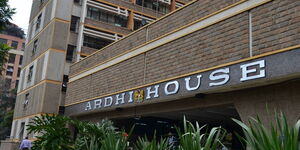The Kenya National Highways Authority on Friday, November 27, commenced a restoration exercise after sections of an indigenous mangrove forest were affected during the construction of a Ksh28 Billion road project.
The agency noted that they would plant trees four times the number that had been cut in the ongoing construction of the Mombasa-Dongo Kundu Bypass.
"For every mangrove tree that was affected by the project, the authority is planting four trees, and will liaise with the local communities to nurture the trees to maturity, thus in the process creating employment opportunities," KeNHA stated.
The agency stated that the initiative was part of KeNHA's environmental sustainability initiative as it embarked on the restoration and conservation of the mangrove forest across the Coastal region.
The bypass was constructed as an alternative route to the south coast, ending the trouble of using the congested and unreliable Likoni ferry channel.
“In four years, we have an alternative road to the south coast. We will also have a road to the Dongo Kundu Special Economic Zone (SEZ) from the Mwangala area that will facilitate the movement of goods upcountry,” KeNHA deputy director for special projects Kungu Ndung’u stated in March 2020.
The project involves four bridges built in the swamps and across the open ocean water, as part of the highway.
It includes the construction of Kenya’s longest bridge across the Mteza and Mwache creeks taking Ksh24 billion.
The first phase of the project was completed at a cost of Ksh12 billion. The Ksh4 billion dualling of seven kilometres (from Kibundani on the southern end to the seaside at Mwangala) is still in progress.
Various road construction projects have raised environmental concerns, the most recent being the construction of the Nairobi Expressway which saw the felling of trees along Mombasa Road and Waiyaki Way.
The cutting of trees resulted in outrage with many faulting the process. However, the National Environmental Management Authority (NEMA) assured that the contractor of the mega project was supposed to plant double the number of trees cut in the construction of the expressway.
“The proponent will collaborate with private parties and State agencies to offset the loss of vegetation by planting trees in areas such as Nairobi National Park, Uhuru Park, City Park and Arboretum, public schools and other lands along the corridor,” the body stated on March 2, 2020.





